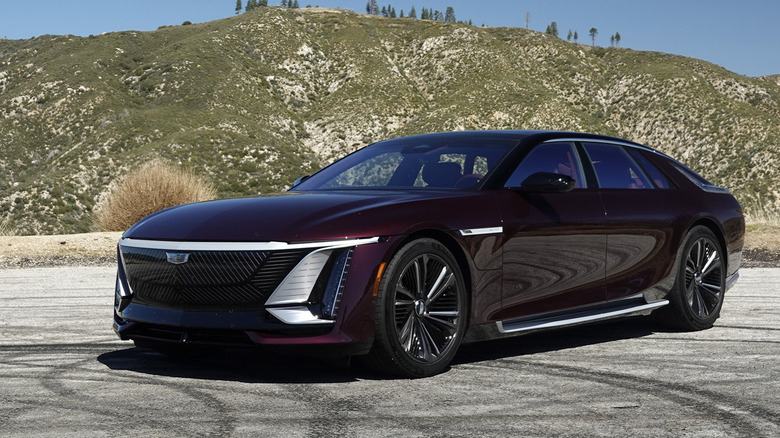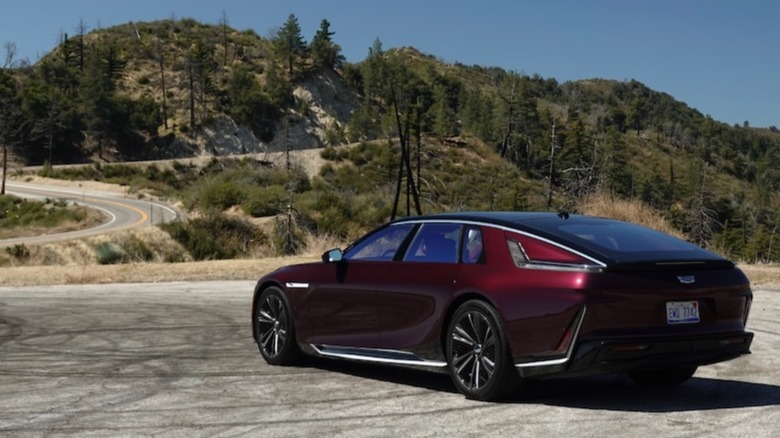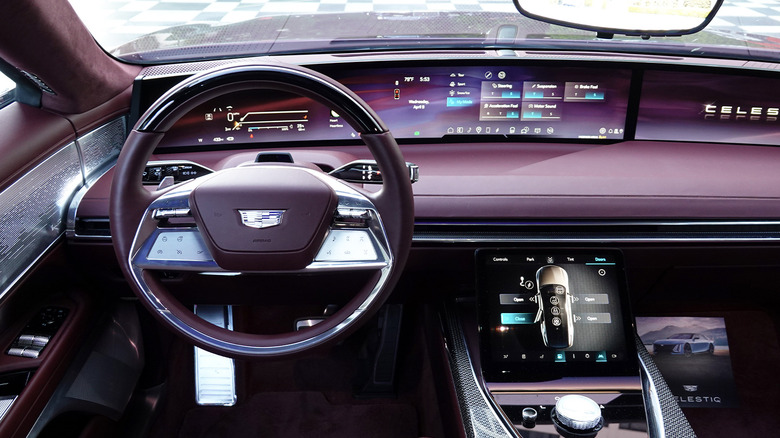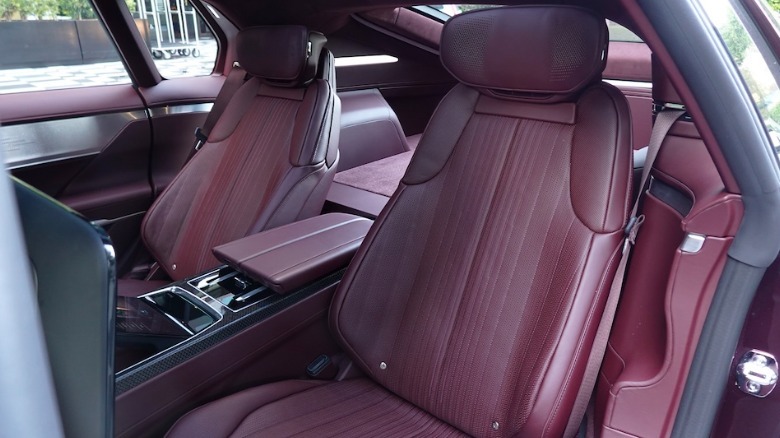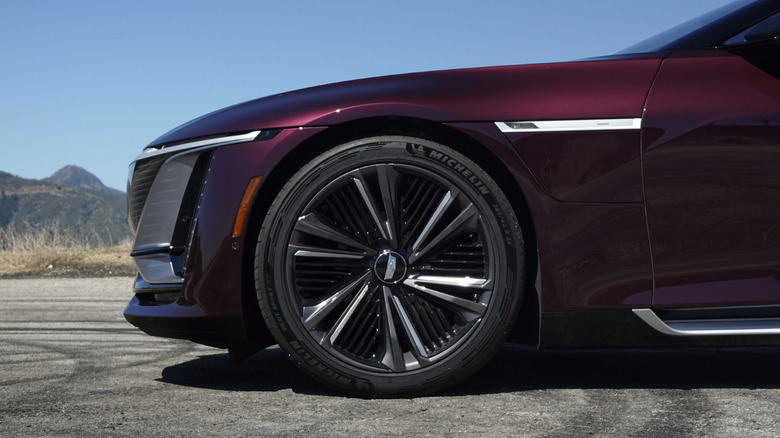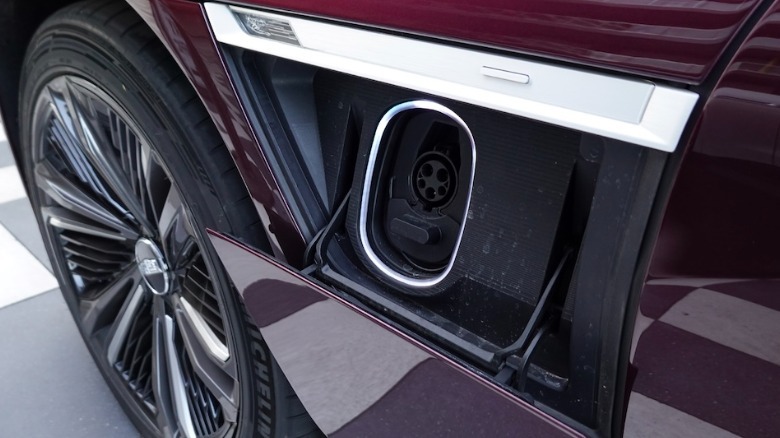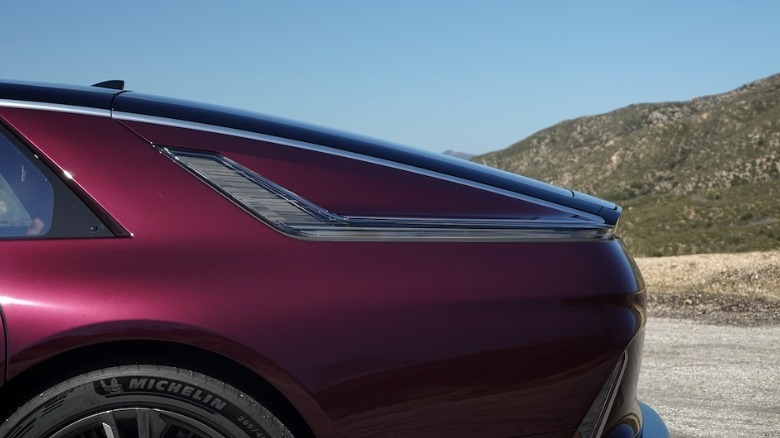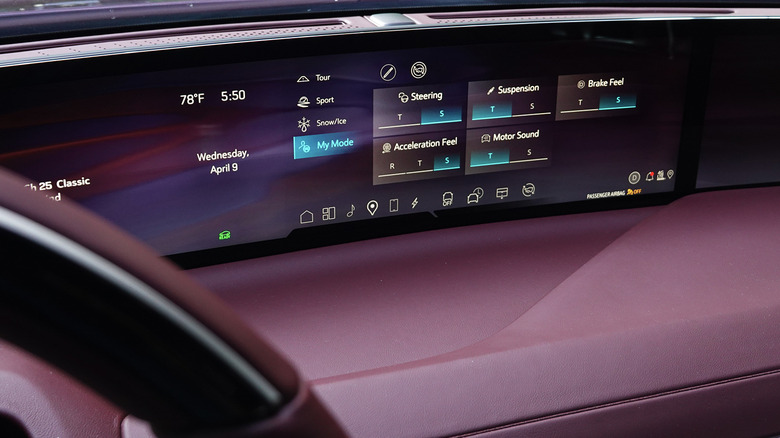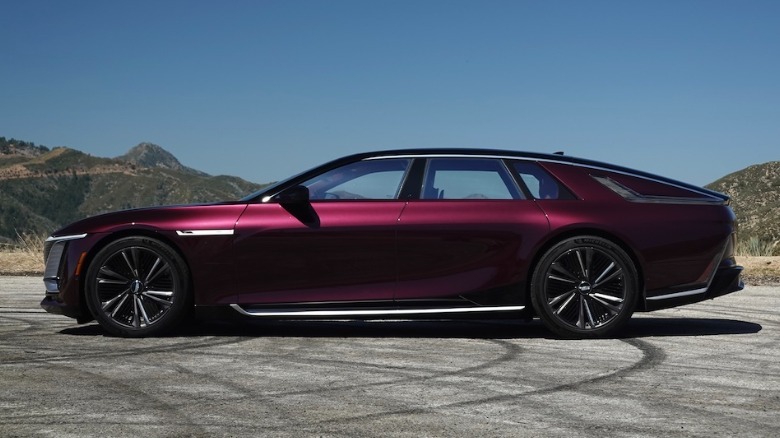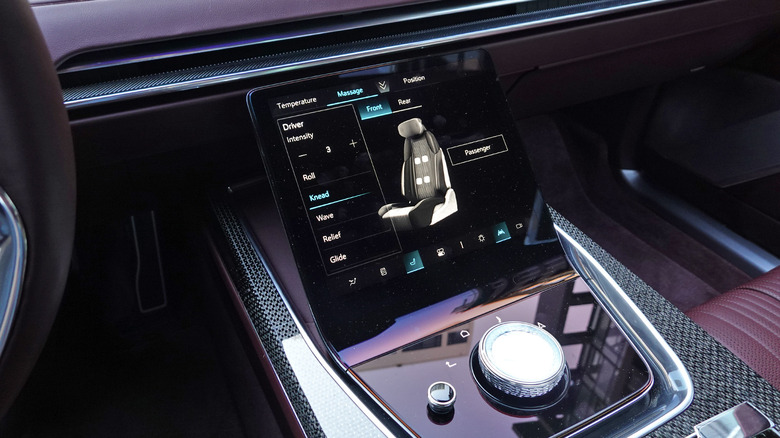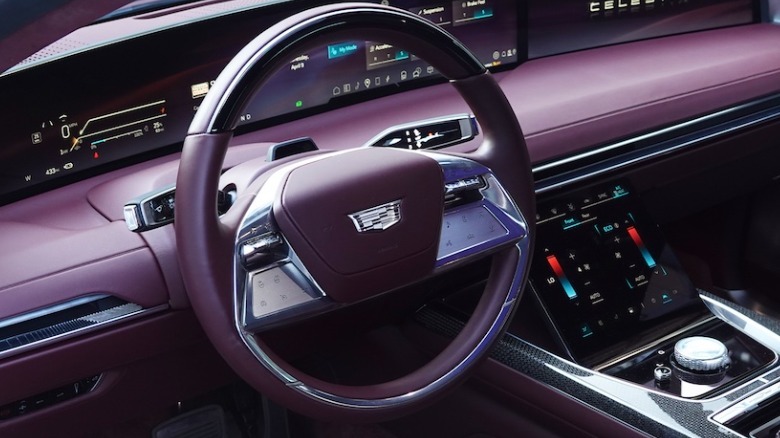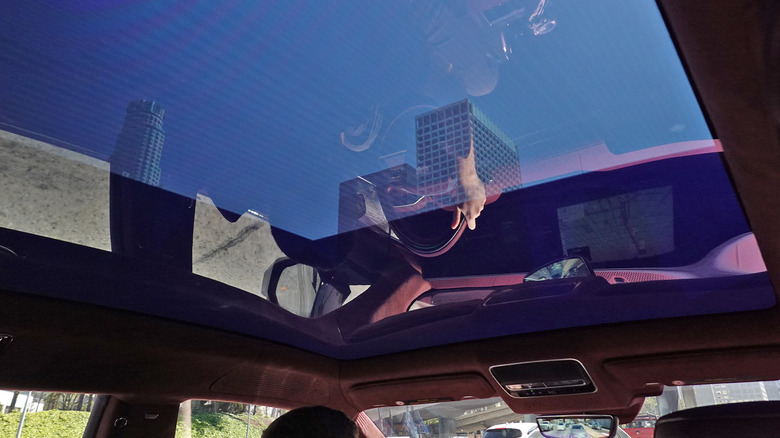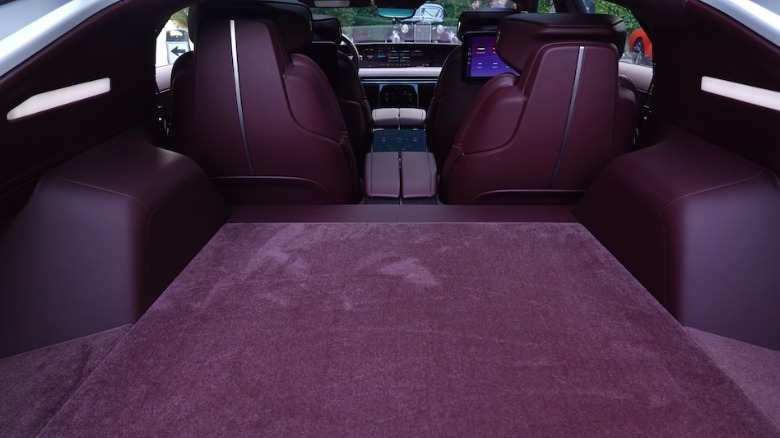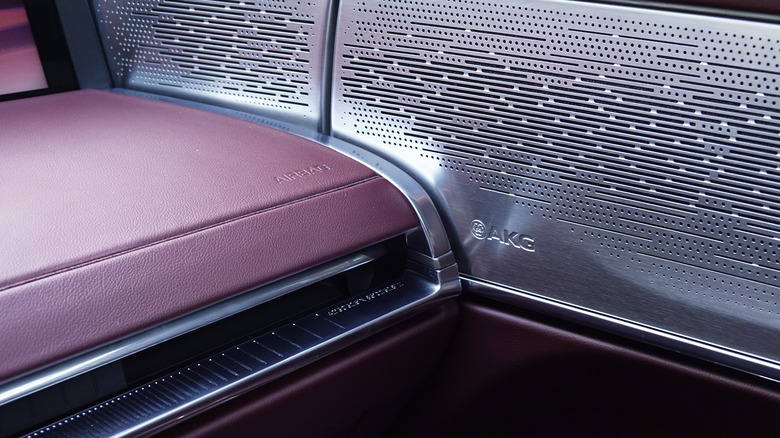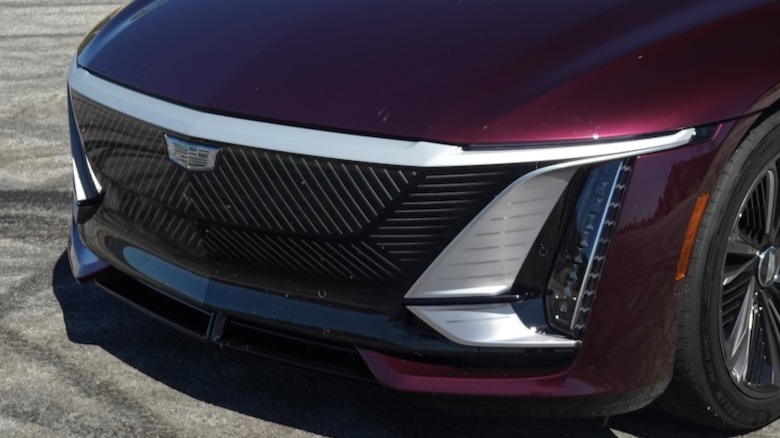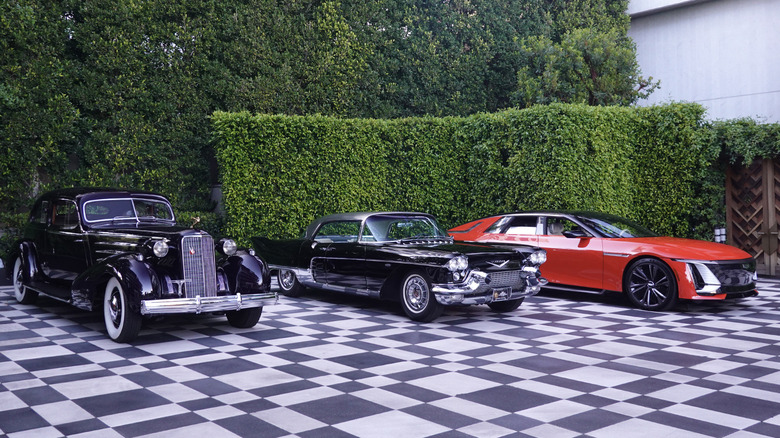Cadillac Celestiq First Drive: GM's Best EV Ever, And At This Price It Better Be
Cadillac's last few years of model lineups successfully put a previous decade-plus of identity crisis in the rearview mirror. Juggling luxury appeals to retirees and dentists with the performance aspirations of Blackwings and V-specs worked well enough, but now a big push into the electric era might just unify those two formerly incompatible attributes perfectly. Call the new range the IQ lineup, as the Optiq, Lyriq, and Escalade IQ sound in the smartest pronunciations. But at a whole 'nother tier above even the electric Escalade sits the Celestiq, a true concept car come to life.
Clearly tilting toward the luxury side of Cadillac's character, the Celestiq somehow vaults into a realm where comparisons to Rolls-Royce, Bentley, and Maybach no longer seem entirely out of the picture. Especially considering the price tag that starts in the "mid-$300,000" range, according to official terminology, and can easily escalate up into seven figures with extensive customization options thrown in for good measure.
To prove the Celestiq's street cred—and flaunt the potential customer's journey to ownership—Cadillac invited SlashGear out to the swanky soirees of West Hollywood to drive this massive EV in traffic, on the freeway, and up into the mountains around my hometown of Los Angeles.
Better be bespoke
Too many companies bandy about the term "bespoke" these days, and yet the Cadillac salespeople on hand at the Pendry hotel certainly worked hard to provide a truly tailored configurator experience. The patience required to keep a smile on, as I fingered through various upholstery materials, held up paint samples to the light, and spun a virtual rendering around in 360s repeatedly, presumably pales in comparison to the true customer confab. Cadillac holds the real-world (non-media) invitations at a mid-century modernist Eero Saarinen house in Michigan, all glass and metal and spacious and airy in quintessential 1950s fashion.
I spent the morning occasionally throwing in a Texas drawl as I imagined the prospective buyer might, an oil baron deadset on buying American at all costs. My own color palette proclitivities, on the other hand, resulted in a dark purple paintjob that some might call eggplant but Caddy calls Boysenberry. My interior—all woods and glass and metal and spacious and mid-century modern—wound up finished in light open-pore grain and the knits that I enjoyed on the Optiq. But I kept the leathers simple and dark, hoping to prevent any aging in an hilariously expensive car that I obviously plan to keep for life.
Suspension and steering calibration for comfort over everything
The only real engineering decision open to me seemed easy by contrast: I specced the smallest wheels possible, knowing that GM EVs and Ultium batteries in particular tend to pack on significant poundage. Yet the Celestiq only hauls around a 111-kilowatt-hour battery pack, or just over half the Escalade IQ's, resulting in a Cadillac-estimated 303 miles of range. The 300 battery cells stack in the Celestiq's big central tunnel, as well as under the passenger seats and below the trunk, then power dual motors rated for a combined 655 horsepower and 646 lb-ft of torque.
Pulling out into West Hollywood traffic, though, the grunt or get-up mattered much less than steering and suspension tuning. Sure, in reality this is a chauffeur's car and I own the land rights below King Ranch—but more on that later. Instead, from the driver's seat I noticed immediately that the rear-wheel steering significantly shortens this super-sized sedan's wheelbase.
Measuring over 18 feet long in total, the Celestiq nonetheless rides lower than a CT5-V, so the wheels and tires off an Escalade IQ should look (and ride) cartoonishly terrible. Instead, I easily negotiated tight corners, with little concern for curbing the rear wheels and plenty of visibility all around thanks to undoubtedly divisive rear quarter-panel design.
Driving hard de-rates the battery quite quickly
My test car — which Cadillac declined to reveal a final price for — featured the smaller 22-inch wheels that I specced in the lab, helping the Magnetic Ride Control 4.0 dampers and active roll bars from ZF absorb even the worst of Sunset Boulevard's potholes. Then, when I firmed everything up in Sport mode at the base of the Angeles Crest Highway, body roll dropped to exactly zero degrees.
The resulting lack of tilt actually took some adjustment in my mind, since my brain knows this car weighs a thickly 6,600 pounds or so.
And yet, as the tires began to howl, the Celestiq handled impressively for something so big. Steering feedback translated a fair amount of the ACH's mild gritty surfaces through to my hand, and I kept up a much higher pace than anticipated—at least while cornering. Instead, the weight stressed the powertrain more than the suspension, so after about 15 minutes of hard uphill charging, battery temps led to significant power de-rating all the way down to 138 kilowatts sustained. Doing a quick conversion shows that I now only received 185 horsepower with the pedal to the proverbial metal, a serious drop from the 655 ponies (or 488 kW) of max output.
GM going big on luxury details
In total, throughout this highly questionable first stint of driving, I used 40% of battery charge and 145 miles of claimed range to drive just 77 miles. I also started to worry about toasting the brakes on the eventual descent back to civilization, so I certainly appreciated the handy GM regen paddle on the steering wheel that probably helped that range estimate, too. But pushing at even seven-tenths up a big hill makes less sense than summer cruising in a Celestiq, and overall, Ultium-based cars tend to hold up to real-world testing quite well, so I don't doubt the claimed 303 miles of total range one bit—especially given the low aerodynamic profile.
Plenty of GM cues throughout the interior served as a constant reminder of the Celestiq's origins, though, even if 115 specific pieces of the car—some visible and some not—use 3D printing for manufacturing. The steering wheel's metal, for example, starts out in a printer then gets milled. The grille header even starts as a seven-foot-wide single piece of billet aluminum, but then mounts above a disappointing panel of piano black plastic sort of approximately mimicking a grille.
The full Celestiq chauffeur experience
Aluminum is the name of the Celestiq game, and the chassis employs six major castings all unique to the car. This in turn required building a three-story building just to produce the platform—no doubt contributing to the MSRP tripling six-figures, but also sounding something near to complexity for complexity's sake. As another example, the Celestiq employs three electrical systems: 12-volt, 48-volt, and 400-volt.
The 12-volt system controls basic functions, while the 48-volt then powers the active roll control and heated windshield. The adjustable tint roof can also split into discrete quadrants for each occupant, something mine own eyes have never seen before. Same goes for the rear seats, which not only feature ventilation (my single favorite piece of modern automotive technology) but also liquid cooling via a system not connected to the air conditioning's R134a refrigerant.
All of the above helps to explain the Celestiq's stratospheric (stratospheriq?) pricing. But yes, Cadillac without a single doubt built GM's best EV yet. It better be, after all. Now how about that chauffeur experience? Because also yes, I insisted on sitting in the backseat, almost dozing off in a swaddling nest of creature comforts that reminded me of a similar moment in the back of a Maybach last year. Massaging seats, ventilated and liquid-cooled, roof tinted against the blaring sun, the best of oil baron life. And all while my driver used Super Cruise to take some time off himself while we crept through downtown LA traffic on the 110 freeway...
Spec as much wood as absolutely possible
Still, as I pondered the Celestiq's existence at all, some questionable decisions crept into my own mind. That 400-volt system, for example, allows for "just" a 190-kilowatt fast charge rate—but we can easily explain it away because I'm an oil baron with a DC charger in my garage, duh. The eternally long dash and huge touchscreen mean that Caddy needed to lock out the actual touchscreen function whenever the Celestiq is in Drive or Reverse, instead using a toggle wheel to prevent the driver from stretching out too far. Okay, the chauffeur can struggle with that, who cares.
But the copious use of art-deco inspired metals throughout also creates unavoidable glare, even with all four roof tint quadrants darkened as much as possible. And I still spied some piano black plastic on the interior despite the stated, purposeful attempt to avoid as little of the awful material as possible—big boos from the peanut gallery, as usual.
2025 Cadillac Celestiq Verdict
I struggle to comprehend the courage that somebody at Cadillac summoned while pitching this project to higher-ups. And it's even harder to believe the penny-pinchers ever allowed the Celestiq to move anywhere past the concept phase. Yet a team of incredible engineers somehow did an incredible job bringing this EV to life.
The design and features, buyer experience and driving dynamics all end up quite comprehensible. Yet pricing and marketing remain a serious question, even if buyers are apparently lining up to get in on that bespoke individualization process. For me—equal parts automotive journalist and oil baron—Cadillac needs to further emphasize the Celestiq as a quintessentially American offering, catering to nationalist pride more than logic or reason. Because we're in legitimate Rolls-Royce territory, and yet any modern Roly-Poly sits on a whole 'nother level beyond even the otherwise successful Celestiq.
